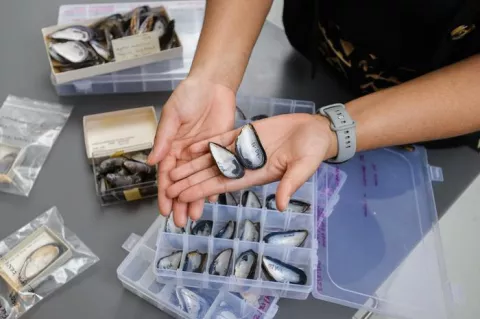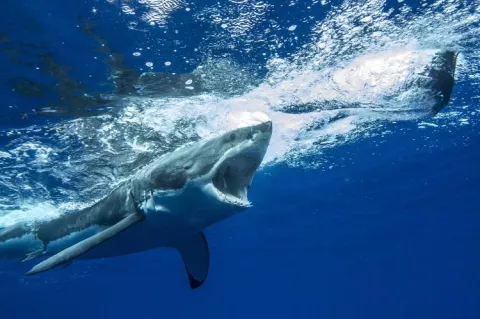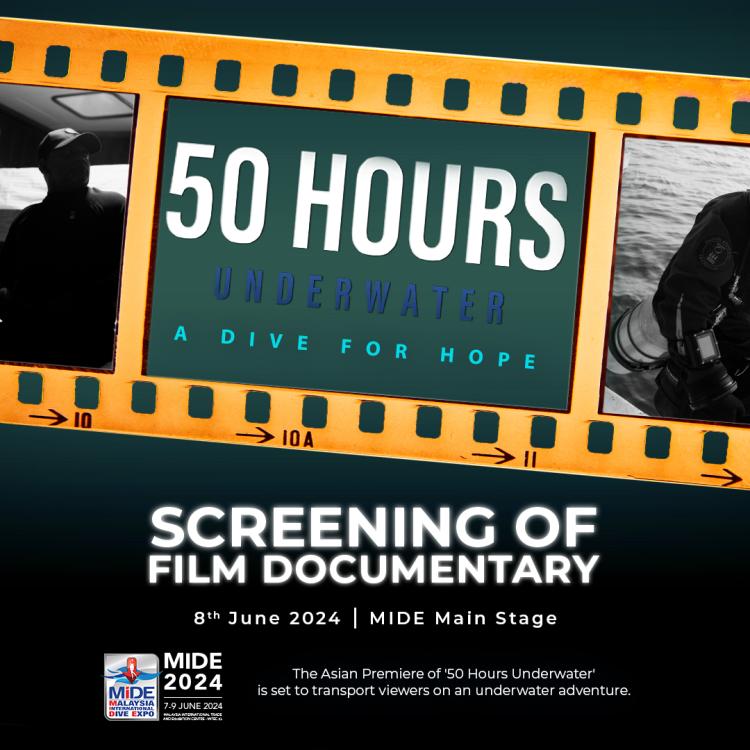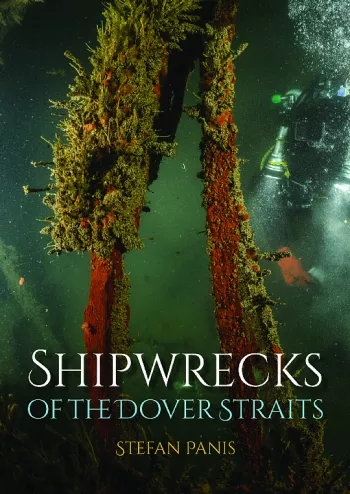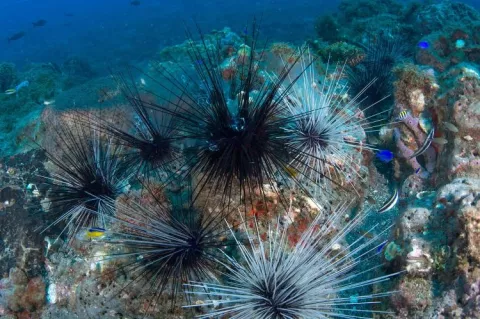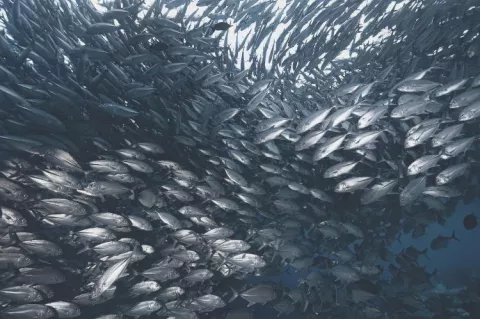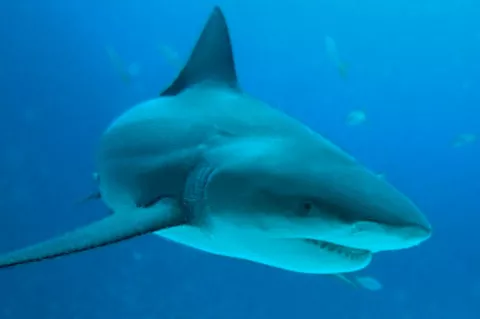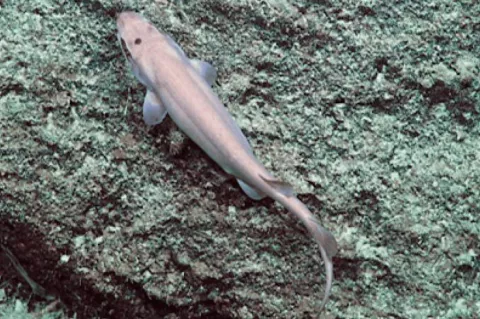Freediver Alessia Zecchini Sets New CMAS World Record
Alessia Zecchini surpassed her previous CMAS Free Immersion world record by 3 meters on April 19th, reaching a depth of 104 meters. Her record dive took her 3min 46sec.
This new FIM record was established during the Camotes Freediving Challenge near Cebu, Philippines, on its second day. This week-long, limited-entry event began on April 17th. In Free Immersion, divers do not use fins and must descend and ascend by pulling themselves along the rope.




